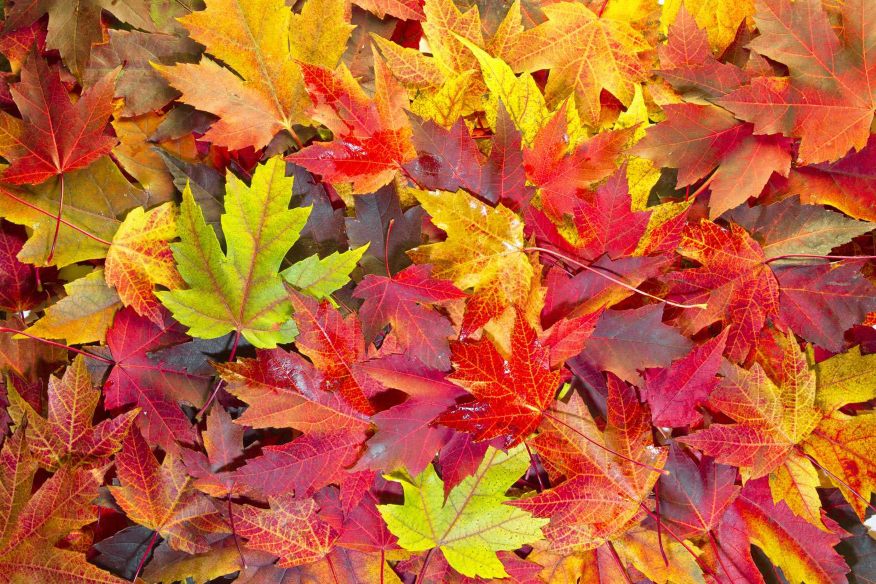By Phyllis Kitten, Hopkins County Master Gardener
What makes all that color happen? The whole image of falling leaves and gorgeous color begins with the deciduous trees. Those are the trees that shed their leaves each year in the fall season. These trees tend to have an appearance of a round shape with branches that spread outward as the tree grows. The leaves of these trees are mostly broad and flat. Fall enthusiasts begin to watch for the leaves to change near the end of September when the daylight begins to shorten.
The fall leaf life cycle starts with the end of summer and the shortening of the days. As the days get shorter, the tree does not have enough sunlight to make food for itself. But, technically, it is not the shortened daylight that matters, it is that darkness has increased and continues to increase into the winter season affecting the cycle.
Rather than struggle to make food through the winter, the leaf shuts down. It stops producing chlorophyll and allows its fall leaves to die. Chlorophyll is a pigment that gives plants their green color, and it helps plants create their own food through photosynthesis. Photosynthesis is the process by which green plants and some other organisms use sunlight to synthesize foods from carbon dioxide and water. Photosynthesis in plants generally involves the green pigment chlorophyll and generates oxygen as a byproduct.
In summary, green generally means a plant is growing, or at least making sugar. Any other color is a result of that process stopping or being interrupted in some way.
For additional information, go to Agrilifextension.tamu.edu









